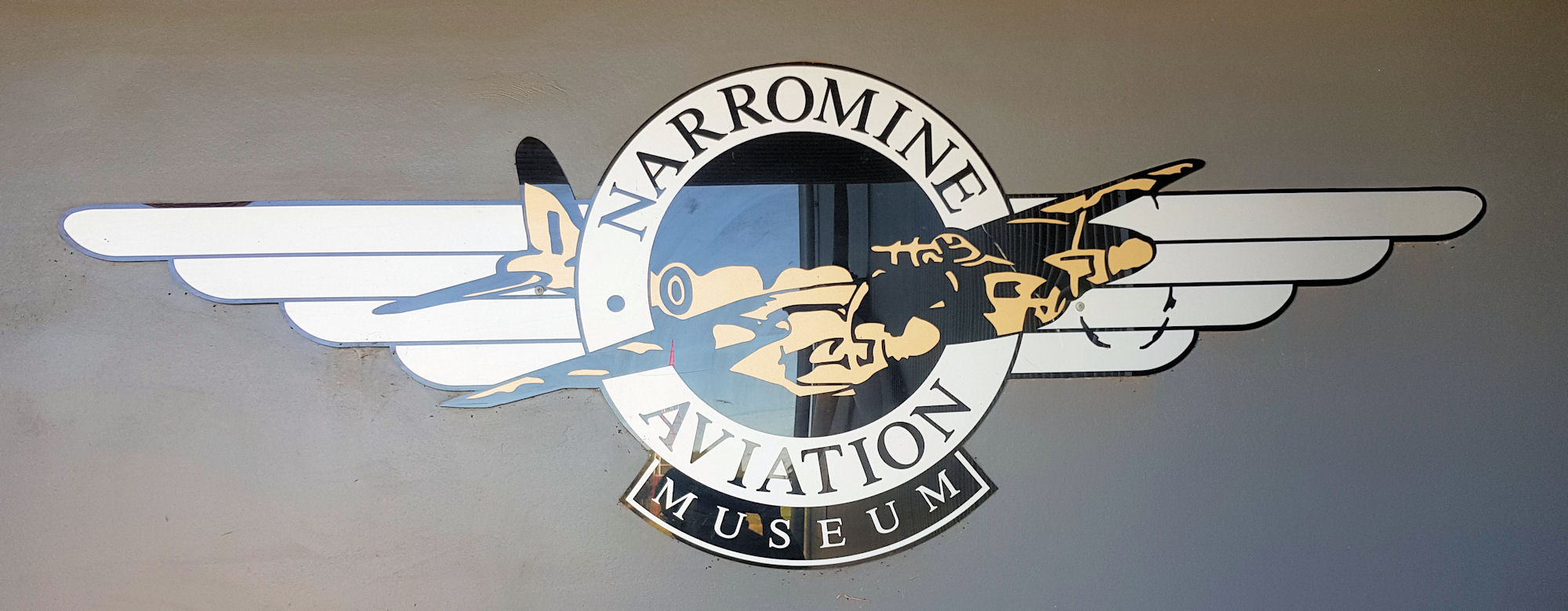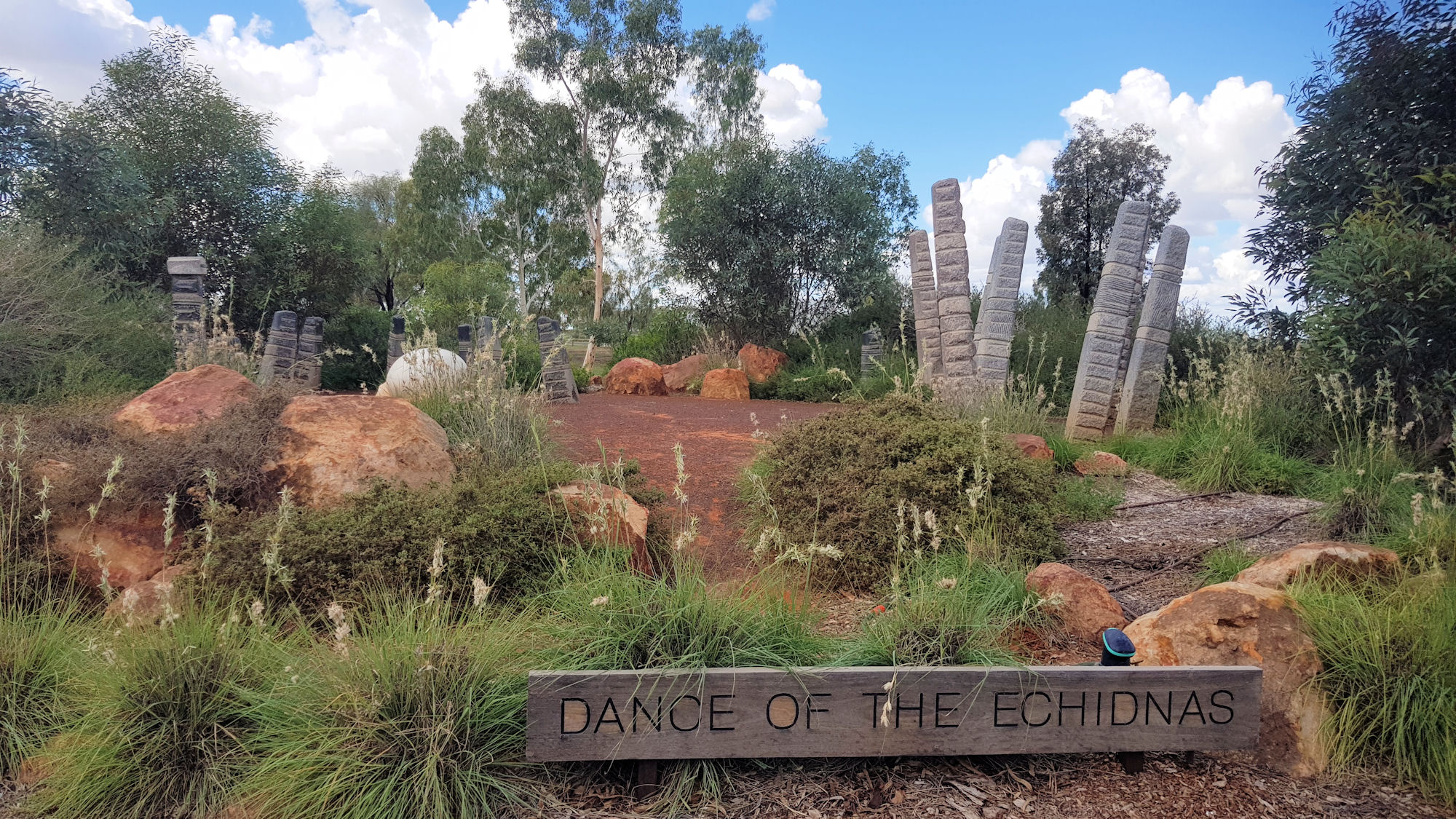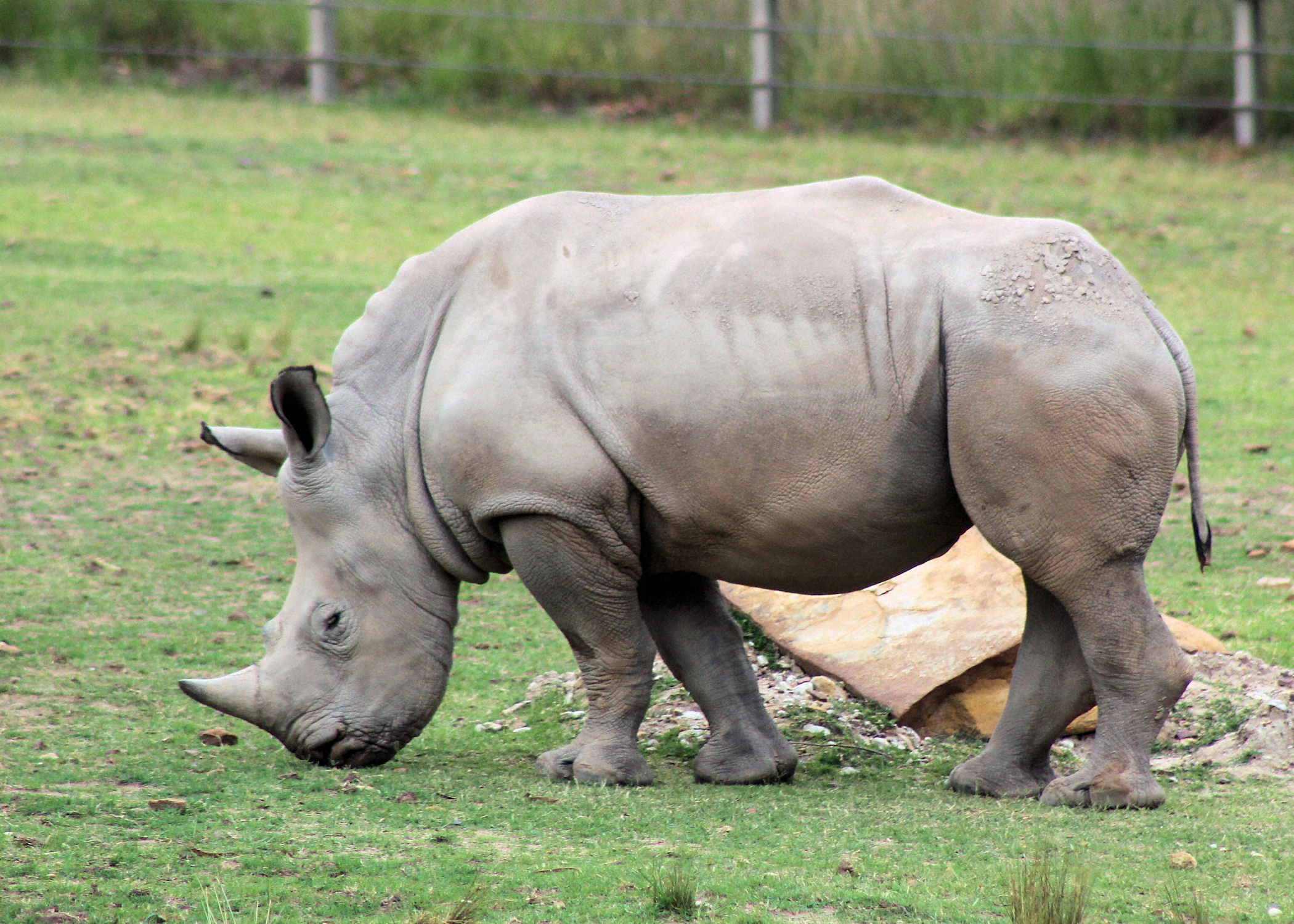Category: Aviation
Aviation aircraft aeroplane airplane helicopter balloon
-
Narromine Aviation Museum

Narromine Aviation Museum The Narromine Aviation Museum was an unexpected surprise when we visited the area. We knew of the museum, but were surprised at how good it was. A modern state of the art building and displays provided an excellent setting for the unique items on display. In addition to the main attraction, the… Read more
-
Bourke Gateway to the Australian Outback

Bourke Located in the Orana Region of western New South Wales, Bourke is the edge of the Outback. To many Australian, the saying Back O’ Bourke means in the middle of nowhere. Visitor Centre Our first stop was the Back O’ Bourke Tourist Information Centre, so that we could find out if there was anything… Read more
-
Dubbo New South Wales Australia

Dubbo New South Wales Located in the central west of New South Wales, Dubbo was our first main stop during our road trip. A five hour car trip from Sydney, or a three and a half hour trip from our home in Singleton, stops along the way are needed. The first European settlement was established… Read more
